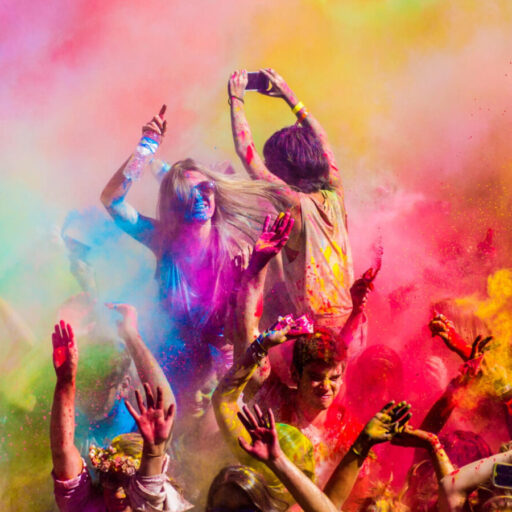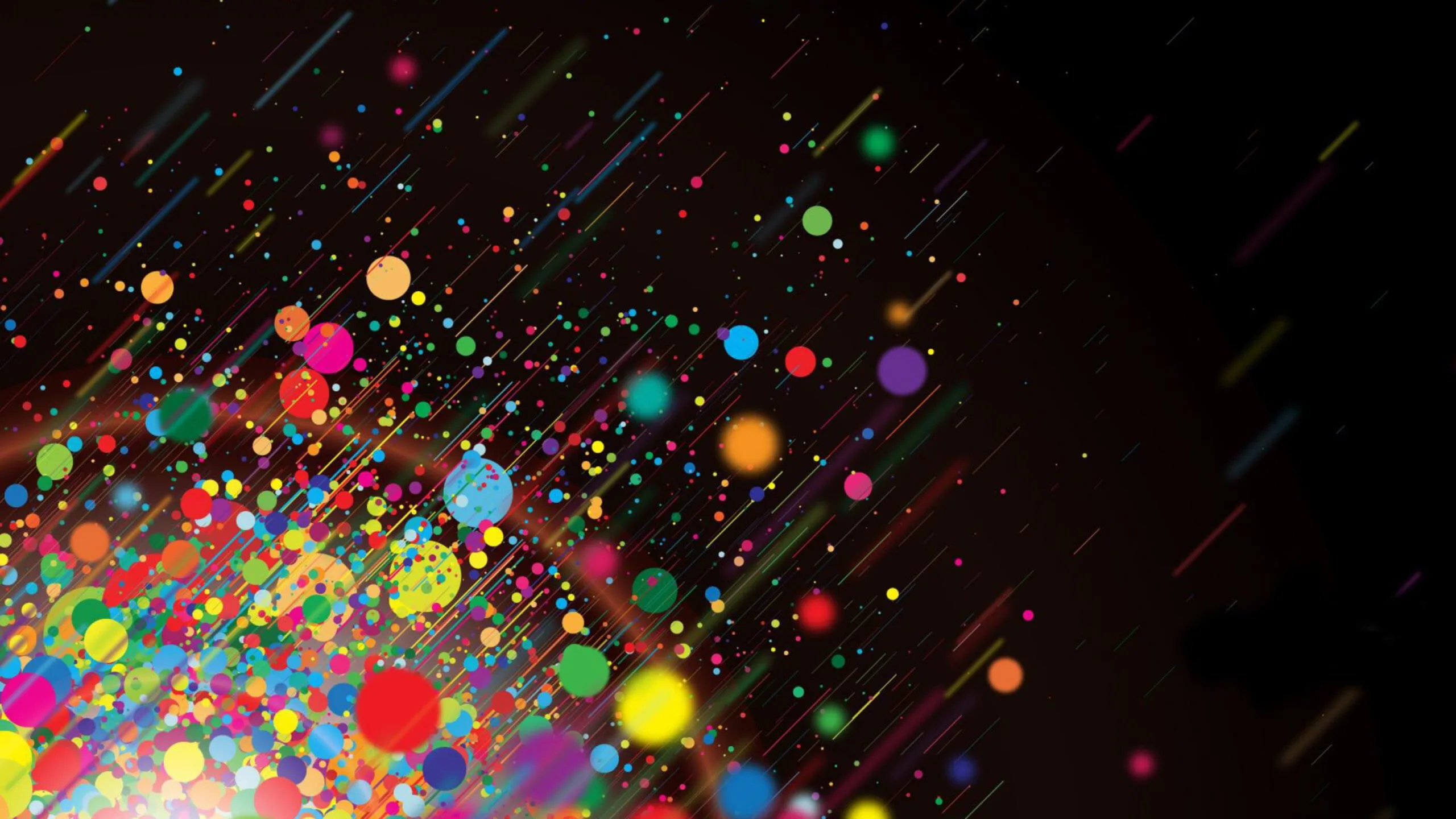
The Mythological Connection
Holi, known as the “Festival of Colours,” is one of India’s most exuberant and widely celebrated festivals. Beyond the playful throwing of vibrant powders, Holi holds deep cultural significance, rooted in tradition, mythology, and the spirit of unity. In this blog, we’ll delve into the rich cultural tapestry of Holi and explore what makes it such a beloved and unique celebration.
Holi’s origins are traced back to various Hindu mythological stories. One of the most famous tales is that of Prahlada and Holika. Prahlada, a devotee of Lord Vishnu, survived unscathed after being thrown into a bonfire by his evil aunt Holika, who had a magical shawl that protected her from fire. The triumph of good over evil is celebrated on Holi, with the bonfire known as “Holika Dahan” symbolizing the victory of virtue and faith.
Another legend revolves around Lord Krishna, who is often associated with Holi. Young Krishna, known for his playful and mischievous nature, is said to have popularized the tradition of coloring one another during Holi. His escapades with Radha and the gopis (milkmaids) have become iconic symbols of love and togetherness, reinforcing the idea of Holi as a festival of unity and joy.
Cultural Diversity in Celebration
What makes Holi even more remarkable is its adaptability and inclusivity. While it has Hindu roots, people of various cultures and religions across India and the world partake in the festivities. Holi transcends boundaries and brings people together, irrespective of their backgrounds, to revel in the spirit of brotherhood and joy.
In India, you’ll find a diverse range of Holi celebrations. In the north of the country, in places like Mathura and Vrindavan, Holi is celebrated with great fervor, emphasizing the playful aspect associated with Lord Krishna. In contrast, in the western state of Gujarat, Holi is marked with the traditional folk dance of Garba, showcasing the state’s unique cultural flavor.
The Playful Aspect
The hallmark of Holi is, of course, the joyful throwing of colored powders and water. This playful tradition represents the breaking down of barriers, both social and personal, as people of all ages join in the revelry. The colors themselves have significance – red symbolizes love and fertility, blue is the color of Lord Krishna, and green represents spring and new beginnings.
This playfulness is not just about fun but has a deeper meaning. It signifies the dissolution of social norms, at least temporarily, allowing people to interact without the constraints of caste, class, or gender. Holi offers a unique opportunity for people to forget their differences and embrace the spirit of togetherness.
Food and Sweets
No Indian festival is complete without delicious food, and Holi is no exception. Traditional sweets like gujiya and malpua are prepared and shared with loved ones. The significance of these treats lies in their ability to bring people together, fostering a sense of community and warmth.
Gujiya, a sweet dumpling filled with khoya (reduced milk), nuts, and cardamom, is a symbol of love and affection. Preparing and sharing gujiyas during Holi is a way of expressing love and goodwill towards one another. Malpua, a sweet pancake-like dessert, is another Holi favorite, often served with rabri (sweet condensed milk). These mouthwatering treats not only tantalize the taste buds but also bring families and friends closer.
Music and Dance
Holi celebrations are often accompanied by music and dance. Folk songs and rhythmic dances are performed, adding to the festive atmosphere. The energetic beats of the dhol (drum) and the melodious tunes of traditional instruments create an ambiance of merriment that is hard to resist.
One popular form of Holi dance is the Raas Leela, inspired by Lord Krishna’s dance with the gopis. Dancers form a circle and move in rhythm, creating a visual spectacle. In addition to traditional dances, modern Bollywood music has also become an integral part of Holi celebrations, adding a contemporary twist to the festivities.
Holi Beyond India
The infectious joy of Holi has transcended borders, spreading its colorful wings to different parts of the world. In countries with Indian diasporas, Holi is celebrated with enthusiasm and has become a means of introducing and sharing Indian culture.
For instance, in the United States, the Festival of Colors in Utah attracts thousands of participants each year. Here, people from all backgrounds come together to enjoy a day of music, dance, and, of course, the iconic color throws. Similar celebrations can be found in other countries, including the United Kingdom, Canada, Australia, and many more.
The Symbolism of Colors
The colors used during Holi have symbolic meanings that go beyond their aesthetic appeal. They represent various facets of life and emotions:
- Red: The color of love and passion. It symbolizes the eternal love between Radha and Krishna.
- Blue: Associated with Lord Krishna, this color represents the divine and the infinite.
- Green: A symbol of new beginnings and the vibrancy of spring.
- Yellow: Represents knowledge and learning.
- Pink: Signifies happiness and joy.
- Purple: Symbolizes the power of creativity and imagination.
- Orange: Represents purity and spirituality.
Each color used during Holi carries its unique significance, reminding us of the diverse and multifaceted nature of life itself.
Environmental Concerns and Eco-Friendly Celebrations
While Holi is a festival of colors, it’s essential to be mindful of the environmental impact of the celebrations. Traditionally, natural colors derived from flowers and herbs were used. However, in recent years, synthetic colors have become more prevalent, leading to concerns about their adverse effects on the environment and health.
To address this issue, there is a growing awareness and movement towards eco-friendly Holi celebrations. Many people are now opting for organic and natural colors, which are not only safe but also biodegradable. These eco-conscious choices help preserve the environment and ensure that Holi remains sustainable for future generations.
The Significance of Holika Dahan
One of the most important rituals associated with Holi is Holika Dahan, which takes place on the eve of the main Holi celebration. A bonfire is lit, signifying the victory of good over evil. The significance of Holika Dahan goes beyond the mythology; it also serves as a reminder to eliminate the negativity within us and purify our hearts and minds.
The ritual involves gathering wood and combustible materials in the days leading up to Holi. People come together to build the bonfire, often singing and dancing around it. As the fire consumes the wood, it symbolizes the burning away of our impurities, leaving us spiritually cleansed and ready to embrace the joy of Holi.
Conclusion
Holi is much more than just a festival of colors; it’s a celebration of culture, mythology, love, and unity. It teaches us to let go of our differences, embrace the vibrant diversity of life, and relish the simple joys of being together. As you participate in the colorful revelry of Holi, remember the rich cultural tapestry it weaves and the profound messages it imparts – that love,unity and joy are the colors of life.


Nice information thank you so much❤
Nice website 💯
Jod ho gya 😇♥️
Very Informative about the culture of India !
Loved it ! 🇮🇳